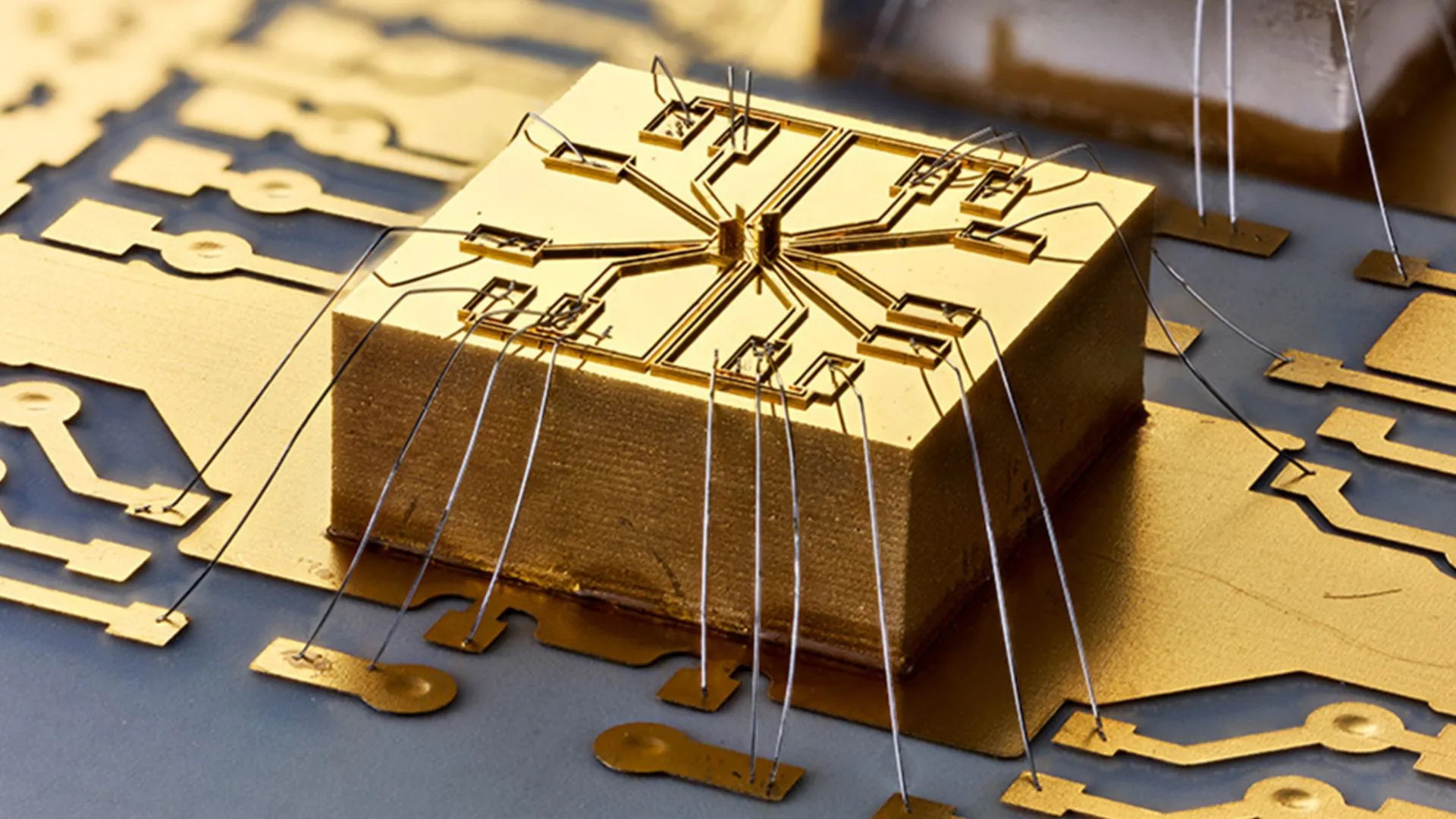
Quantum computing researchers have long wrestled with a tradeoff. Planar ion traps, built with flat electrodes, scale easily for larger systems but sacrifice performance. Traditional 3D traps, on the other hand, keep ions more stable but are bulky and harder to integrate.
Now, scientists at Lawrence Livermore National Laboratory (LLNL) and the University of California may have found a way to combine the best of both. Working with UC Berkeley, UC Riverside, and UC Santa Barbara, the team has miniaturized quadrupole ion traps using high-resolution 3D printing.
Quadrupole ion traps use four electrode poles to generate oscillating electric fields that confine ions.
When lasers cool those ions to their lowest energy state, they act as qubits, the fundamental units of quantum information. Unlike other qubit approaches, trapped ions can maintain coherence longer and operate without cryogenic refrigeration.
But scalability has limited their progress. “3D printing gives us the confinement we need to trap the ion well and at high frequencies, and we can also make many ion traps on the same chip,” said Xiaoxing Xia, staff engineer at LLNL’s Materials Engineering Division and co-first author.
“This is similar to when people worked with bulky, individual transistors before the integrated circuit was invented.”
Stable ions, faster prototyping
The researchers built millimeter-scale traps with ultrahigh-resolution, two-photon polymerization printing.
These devices confined calcium ions at frequencies and error rates competitive with state-of-the-art traps.
In one demonstration, two ions remained stable for minutes while exchanging positions.
The group also performed a two-qubit entangling gate with 98% fidelity, single-qubit rotations, and heating rate tests. “I’m excited by the potential that opens up from just our proof of concept,” said LLNL staff engineer and co-author Abhinav Parakh.
He added that bringing ions together, performing computations, and separating them again becomes practical with these printed structures.
The fabrication process itself adds speed and flexibility. Researchers can print a full trap in 14 hours, or just the electrodes in 30 minutes. That allows rapid testing of new shapes, including hybrid planar-3D designs.
“We dramatically expanded the range of achievable trap geometries and increased the complexity,” said UC Berkeley physicist and co-author Hartmut Haeffner. “With this increased design space, we can now think very differently on how to optimize and miniaturize our ion traps.”
The team now plans to integrate electronics and photonics directly onto chips, shrinking quantum hardware further. They also want to tackle noise, which remains the largest source of error.
“If we can take away more material that is close to the ions, there’s going to be fewer places where we know that noise is entering into the system, so we expect to see better performance,” said Kristi Beck, LLNL physicist and director of the Livermore Center for Quantum Science.
Beyond quantum computing, the miniaturized traps could power atomic clocks, mass spectrometers, and precision sensors.
As Xia put it: “Quantum computing is an ideal early adopter for 3D printing because they want the very high resolution, fine features and intricate 3D geometry that no other fabrication technique can provide.”
The study is published in the journal Nature.



